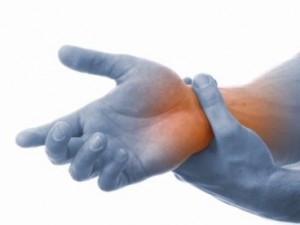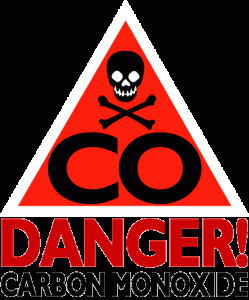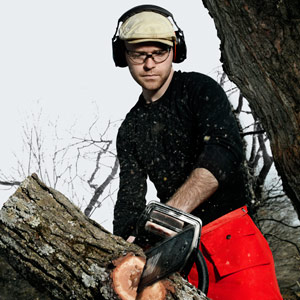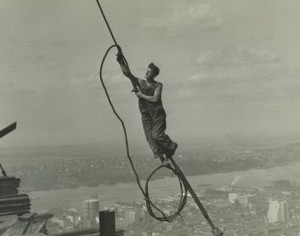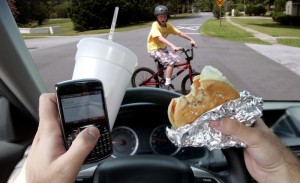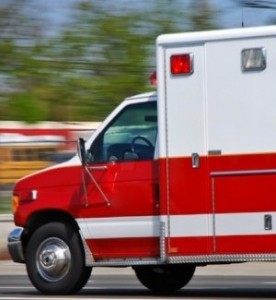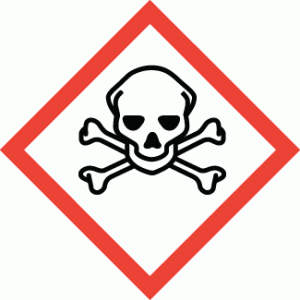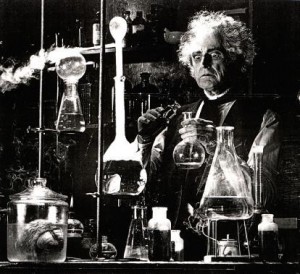 Chemicals come in various forms and can affect those exposed in different ways. A chemical can take the form of a mist, vapor, liquid, dust, fume or gas. The type of chemical, the way it is used, and the form that it takes determine its effect and what should be done to avoid harmful exposure.
Chemicals come in various forms and can affect those exposed in different ways. A chemical can take the form of a mist, vapor, liquid, dust, fume or gas. The type of chemical, the way it is used, and the form that it takes determine its effect and what should be done to avoid harmful exposure.
Some basic safety precautions should be understood and followed including:
- Know what to do in an emergency. If there is a leak or spill, keep away from the area, unless you know what the chemical is and how to safely clean it up. Know where emergency protective equipment and supplies kept and how to use them.
- Use appropriate protective clothing and equipment (glasses, aprons, boots, gloves, etc.) as required or as necessary.
- If the clothing becomes contaminated by the chemical, shower or wash the skin areas exposed. Change and decontaminate clothing (or dispose of clothing if it is designed to single use).
- Do not take contaminated clothing home to be laundered because by doing so, it could expose family members to the contaminant.
- When working with chemicals, always wash hands thoroughly before eating. If necessary, shower and change clothes before going home.
- Never take food into the work area where chemicals are being used or stored.
- If work will be done in an area where there is a possibility of exposure to toxic substances, use a buddy system or establish an emergency communication system. A worker can be dangerously exposed or overcome by a chemical and need immediate assistance.
- Keep the workplace clean to reduce the risk of contamination. Where possible, wipe up and absorb the contaminant, using proper protective equipment as required. Clean up spills immediately and dispose of contaminated material properly. With some chemicals a vacuum is recommended for clean up rather than a broom or compressed air. The idea is to collect and confine the contaminant, not just spread it around.
Workers should know the companys system for identifying hazardous chemicals. They should know and understand the specific health and safety hazards of the chemicals with which they work and follow the recommended safety precautions. All workers should be trained in proper chemical storage and disposal procedures and know what to do for first aid and emergencies.


